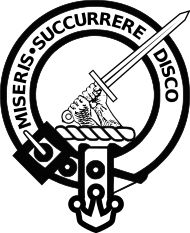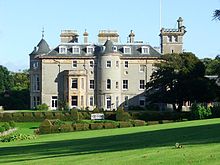Adams, Baker, Baxter, Beall,
Bell, Bleu, Blew, Blue,
Brown,
Broun, Callum, Calman, Can, Cane, Cannan, Channan, Coleman, Colman, Colmin, Connon, Gibbon, Gibson,
Kane, Kean, Keane, Keen, Keene, Lany, Lennie, Leny, Linholm, MacBaxter, McBaxter, McMill, MacMillian, MacMill, MacMillen, MacMillin, McMillan, McMillen, McMillian, McMillin, McMull, MacMull, Mellan, Mill, Millan, Millen, Millin, Milliken, Millikin, Mull, Mullan, Mullen, M'Ghille-Domhnuich, M'Ghille-Duinn, M'Noccater, M'Nuccator, M'Ghille-Guirman, M’Vaxter, M'Bell, M'Ghille-ghuirm M'Veil,
M’Callum, M'Hannanich, M’Calman, M'Igeyll, M'Igheil, Mellanson, Melançon, M'Can, M'Cannie, M'Ildonich, M'Channanich, M'Ilduin, Millanson, M'Colman, M'Colmin, M'Inville, M'Iveil, M'Iyell, M'Geil, M'Geyll, M'Kan, M'Kane, Milligan, Mulligan, M'Gibbon, M'Gibson, M'Kean, M'Keane, M'Keen, M'Kenn, M’Gill, M'Maoldonich, Walker.
[4] 



